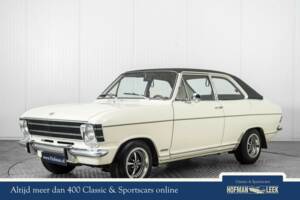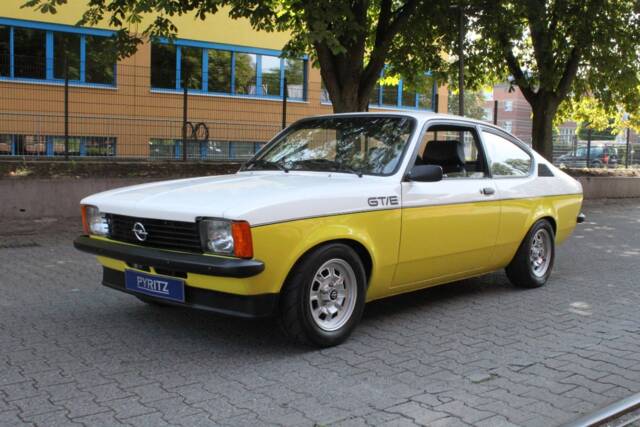Opel Kadett classic cars for sale
The Opel Kadett made its mark as a versatile and affordable compact, available in a vast range of body styles and trim levels – from the robust Kadett A Caravan estate to rally-proven C Coupés and the wind-cheating Kadett E GSi. Fuel-efficient engines, clever design, and practical layouts made Kadetts staples of their era and valued classics today.
Search results

1964 | Opel Kadett Coupé 1,0 S
Opel Kadett Coupé L (Kiemen-Coupé) - 1964
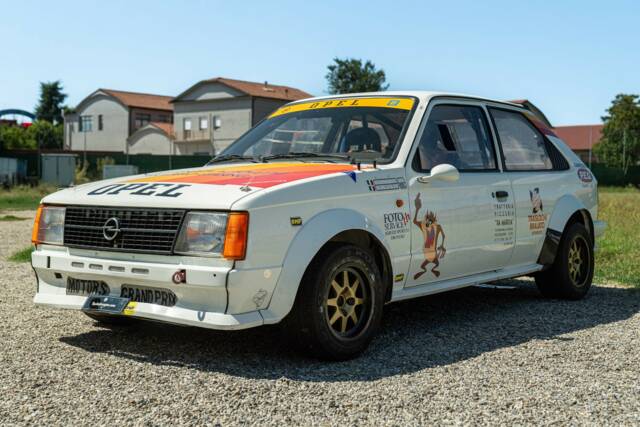
1984 | Opel Kadett 1,8 GT/E
2024-08-09 06:16:36 | Opel KADETT GT/E

1968 | Opel Kadett 1,7 S
Opel Kadett Olympia B 1700 Coupe
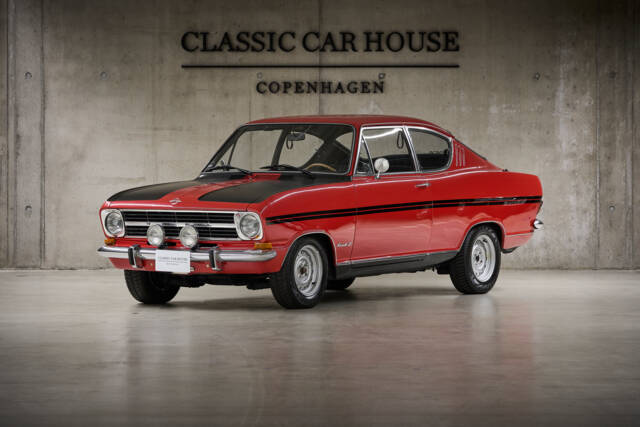
1968 | Opel Kadett 1,1 SR Rallye
Opel Kadett Rallye - Very nice condition
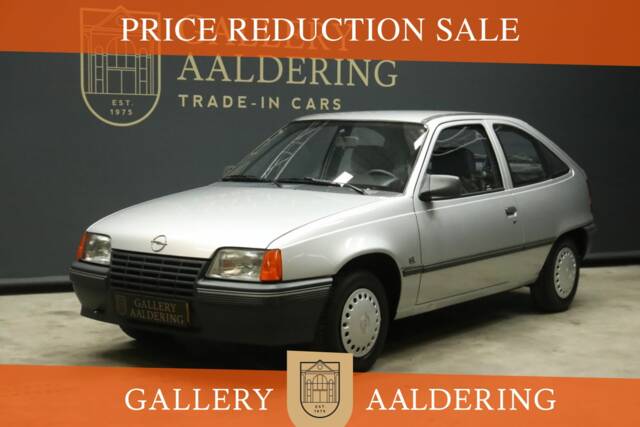
1988 | Opel Kadett 2,0i GSi
Opel Kadett 1.6 GL "36.000 kilometers" Trade-in car PRICE REDUCTION! From the second family - Fully documented with invoices and booklets, Verifiable 36.000 kilometers - registered with documents, The state of condition makes the car one of a kind, "Opel Kadett - Car of the Year 1985", Cherished as family legacy and preventively maintained in recent years, Under the hood covered in ML preservation
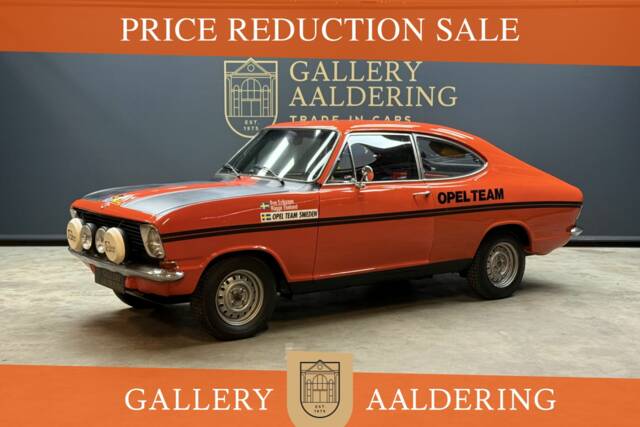
1970 | Opel Kadett 1,9 S Rallye
Opel Kadett B 1900 Rallye "Group 2 Rally Engine" PRICE REDUCTION! Participant '86 Jubilee Rally Göteborg-Stockholm by Opel Team Sweden, Driven by “Bus-ove” Eriksson - Ragge Eklund, Equipped with a ENEM Group 2 Rally Engine with 170 Hp, Rare and sought after factory B 1900 Rallye! Ideal car for historic rally's, From a fine collection of rally cars,
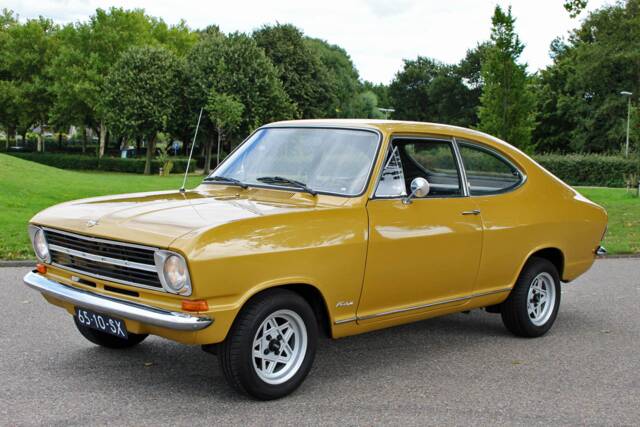
Opel Kadett listing references from Classic Trader
Below you will find listings related to your search that are no longer available on Classic Trader. Use this information to gain insight into availability, value trends, and current pricing for a "Opel Kadett" to make a more informed purchasing decision.
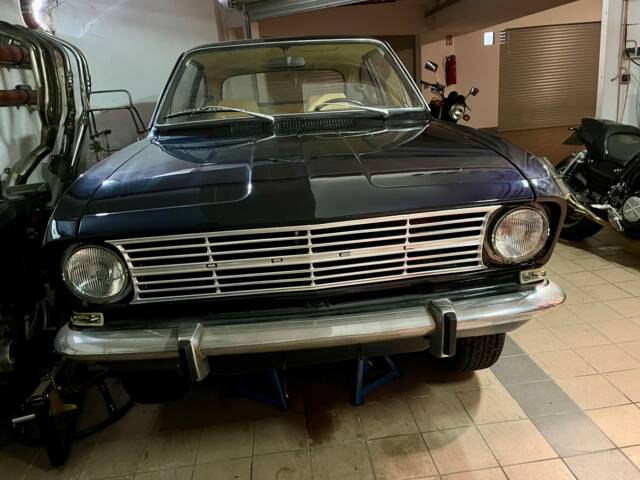
1969 | Opel Kadett 1,1
Coupé Kadett fast fürs Museum
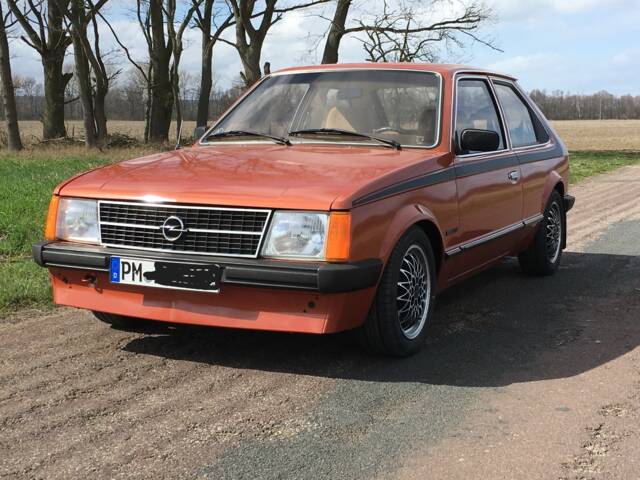
1981 | Opel Kadett 1,3 S
Sondermodell Berlina
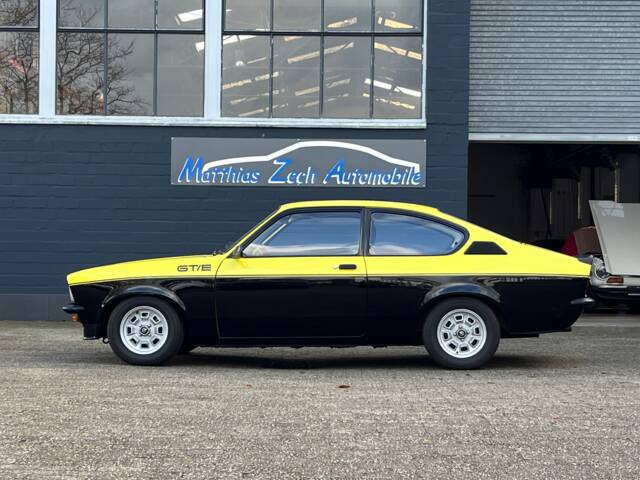
1977 | Opel Kadett 1,9 E GT/E
Recaro * 5 Gang * Fuchs Felgen * H- Kennzeichen
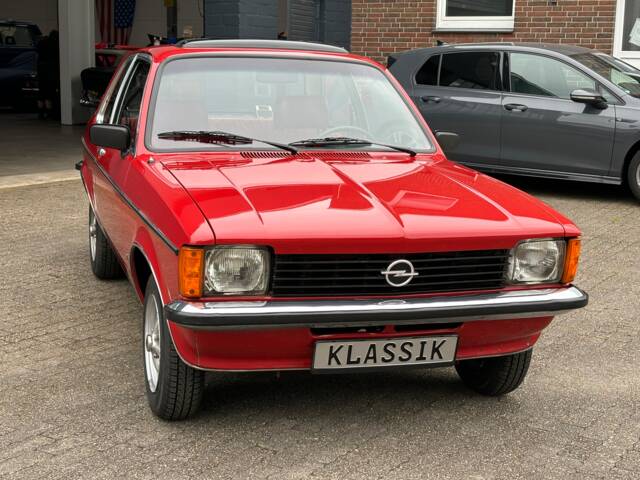
1978 | Opel Kadett 1,2 S
Automatik/ Schiebedach/ Berlina / HU-AU- H Kennzeichen 06-2026
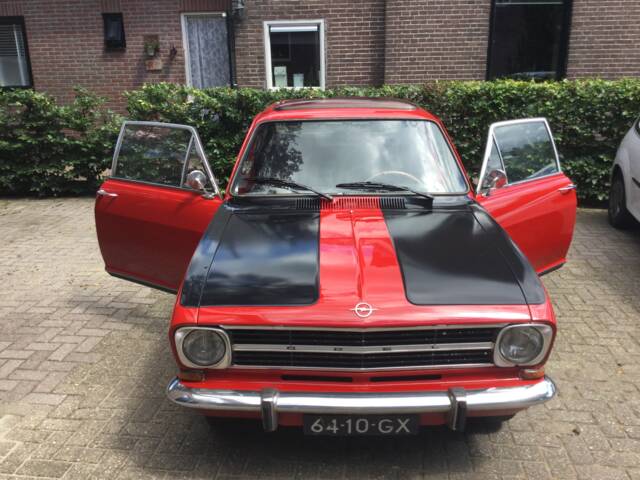
1968 | Opel Kadett 1,1 SR Rallye
Mooie Oldtimer, belastingvrij, nieuw taxatierapport beschikbaar.
1978 | Opel Kadett GT/E
Professionelle Spezifikation
History of the Opel Kadett
The Opel Kadett first emerged in 1936 as a small family car, marking Opel’s move into mass production and affordable motoring. Pre-war Kadetts featured self-supporting bodies and efficient 1.1-litre engines with rear-wheel drive. Wartime disruption saw production transferred temporarily to the Soviet Union, but in 1962, Opel revived the Kadett name. The Kadett A introduced modern, self-supporting architecture and widened Opel’s reach within the competitive compact market, directly targeting rivals such as the VW Beetle. Subsequent generations saw rapidly developing technology: bigger, more powerful engines for the B and C, an expanded array of body styles including estates, coupés, and even a convertible. The introduction of front-wheel drive in the Kadett D in 1979 was a major technical leap. By the time the sleek Kadett E arrived in 1984, the model boasted a drag coefficient of 0.32 and was celebrated as the 1985 European Car of the Year. Over its long production run until 1991 (with convertibles assembled by Bertone until 1993), the Kadett embodied Opel’s pragmatic design principles: affordable, robust, and highly adaptable for everyday use.
Model History
The Kadett story spans six generations, each with unique technical and stylistic identities:
- Kadett A (1962–1965): Compact, practical, available as estate (Caravan), coupé, and saloon. Notable for its light construction and economical OHV engines.
- Kadett B (1965–1973): Gained in size and power, introduced four-door variants. Known for sportier versions like the Rallye and the versatile "Holiday" special edition, and for strong motorsport participation.
- Kadett C (1973–1979): The last rear-wheel-drive Kadett featured robust OHV engines, diverse body styles, and the limited Aero convertible.
- Kadett D (1979–1984): Ushered in Opel’s front-wheel-drive era and new packaging benefits. Diesel engines and practical hatchbacks bolstered its appeal.
- Kadett E (1984–1991): Emphasised aerodynamics, with a teardrop form and highly efficient petrol and diesel units. Range included practical estates and a Bertone-built convertible; high-performance GSi variants gained cult status. The Kadett E's platform formed the basis for the successor Astra.
Highlights and Unique Features
Kadett models are celebrated for their immense variety and technical evolution. Early models were among the first in the class with a flat load floor and practical folding rear seats (Caravan estate). The B-series enhanced comfort and sportiness with four-speed gearboxes, automatic options, and rally-derived features such as auxiliary instrumentation and tuned chassis. The C-series introduced open-top enjoyment with the rare Aero by Baur. The Kadett E was revolutionary for its aerodynamics (cd 0.32), space efficiency, and a wide choice of trims from luxuriously appointed Berlina versions with velour upholstery to the featherweight, rapid GSi. The Kadett’s motorsport presence, especially in rallying, deepens its enthusiast appeal.
Technical Data
Special Editions and Collectibles
Numerous special models punctuate the Kadett lineage. The Kadett C Aero, built by Baur, stands out as a short-run convertible, combining Targa styling, a removable hardtop, and open-air motoring – with only 1,332 produced. The Kadett B Rallye and GT/E versions are sought for their enhanced performance and motorsport history, including uprated suspension, unique liveries, and in some cases, optional tuned engines. The E-series GSi, particularly in 16V guise, offers dramatic performance with 150+ hp. Rarer ‘Holiday’ or Champion trims are distinguishable by unique colours, fabrics, and extended equipment like sports seats and special alloys. Convertible (Cabriolet) Kadetts E, built by Bertone, remain notable for their relative modernity, robust four-seater layout, and additional luxury options.
Weak Spots and Common Issues
Corrosion presents the single greatest threat to Kadett longevity. All series except perhaps some late E models suffer significant rust issues at sills, wheel arches, valance panels, subframe mountings, and especially floorpans and lamp mounts. Early models (A, B, C) may need structural checks on all critical sections, and inner wings/strut mounts. Electrically, Kadetts are simple, but poor grounding is a notorious cause of intermittent faults. Cooling and brake systems are straightforward but should be inspected for leaks and age-related wear. Model-specific notes:
- Kadett C: Check lamp mounts, front wings, brake hydraulic parts, and head gasket/seals of OHV engines.
- Kadett D: Focus on corrosion at sills (left side for washer tank leaks), and camshaft wear on early OHC units.
- Kadett E: Scrutinize for body rust, gearbox weakness at high mileage, and interior trim availability (certain Cabriolet parts scarce). Recaro sports seats (C, D, E) often show bolstering wear; roofliners may sag. Rust in core areas is a red flag and repairs are expensive. Regular checks of transmission, brakes, and electrical grounds are recommended.
Engine, Transmission, and Driving Characteristics
Kadett models span over five decades of engineering, with earliest versions focused on economy and ease of use. The A and B delivered up to 60 hp with lively handling, aided by light weight and direct, rear-wheel drive responses. C models, especially the GT/E, offered real sporting capability: uprated suspension, lightened chassis, and enough thrust for amateur motorsport. D and E generations pivoted to front-wheel drive – making for stable, predictable handling, though losing some of the classic RWD feel. Kadett E GSi is marked by sharp throttle response, minimal mass, and 0–100 km/h in about nine seconds. Diesels prioritise economy, while five-speed models increase cruising comfort. - Kadett B Rallye/GT: Up to 106 hp, rally heritage
- Kadett C GT/E: 1.9-litre, robust for historic racing
- Kadett E GSi 16V: 150+ hp, lightweight, surprisingly fast
- Kadett Aero (C): Rare convertible, sought after
- Kadett D/E Diesels: Frugal, but still maintainable today
Interior, Comfort, Exterior, and Design
Kadett interiors reflected their class and period, from minimalist environments in early A & B models to cord, velour, or part-leather upholstery in later generations. Kadett E introduced digital dash elements, advanced seat adjustment, and optional Recaro gear. Berlina variants and Holiday editions brought in metallic paints, extra chrome, and rare accessories such as factory-correct radios or dealer-fitted sunroofs. Paintwork ranges from period-correct solid colours to metallics popular on GL or Champion trims. Kadett C gave buyers a wide choice of roof types, including Aero Targa. Over the years, exterior designs varied from angular post-war to the rounded, almost ‘teardrop’ Kadett E, famous for its drag coefficient. Accessory options included BBS wheels, driving lights, and rally stripes – many original details now highly valued by enthusiasts.
Other Noteworthy Facts
Kadetts remain exceptionally well supported by active owner clubs and specialists, with excellent parts supply for mechanical components and many body panels. Many Kadetts are now 30+ years old and eligible for historic registration. Rußelsheim and Bochum-built Kadetts reflect different regional production traditions. Motorsport and tuning communities still use the C/GT/E and E/GSi models as event cars due to robust underpinnings. The model’s international success, being built or sold as Vauxhall Astra or exported globally, led to a rich cross-border enthusiast scene.
Summary
Opel Kadett models offer a rich spectrum of technology, design, and driving experiences from late pre-war engineering to high-efficiency 1980s hatchbacks. Prized for accessibility, technical simplicity, and driver engagement, they stand out for their practicality, vivid array of editions, and international influence. With careful checking of corrosion, even unrestored cars provide durable, enjoyable classics. Kadett B and C models dominate current interest, combining affordable entry with true period character, while GSi and rare special editions complete the enthusiast’s palette.


